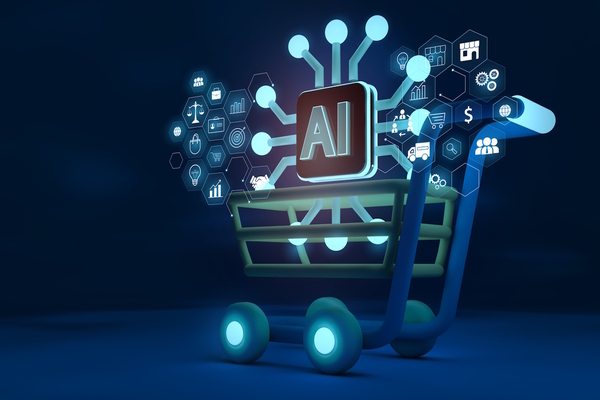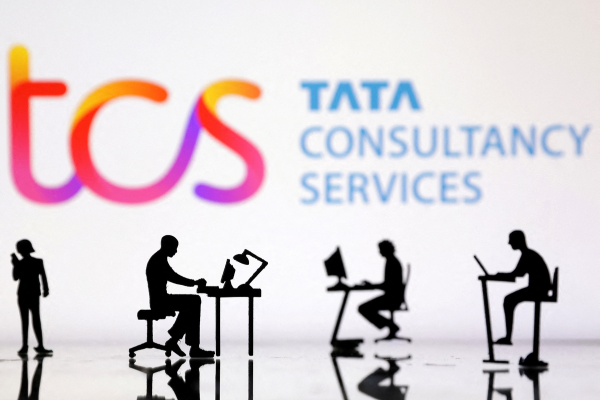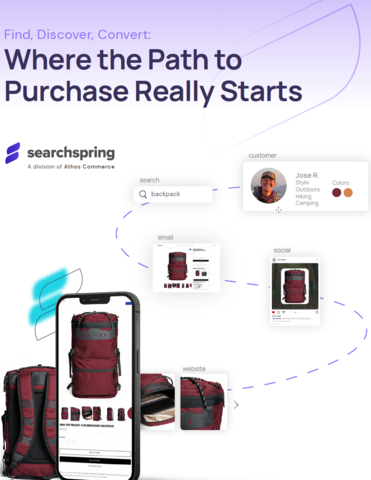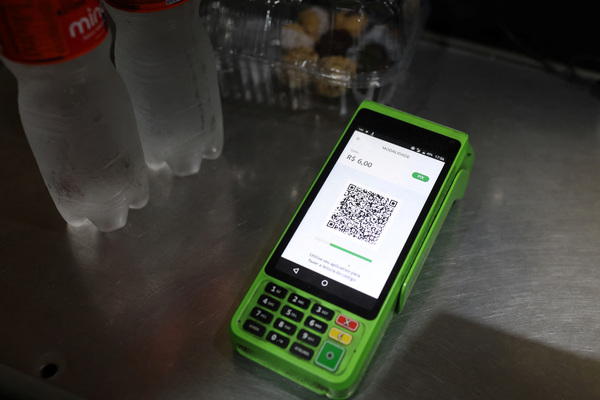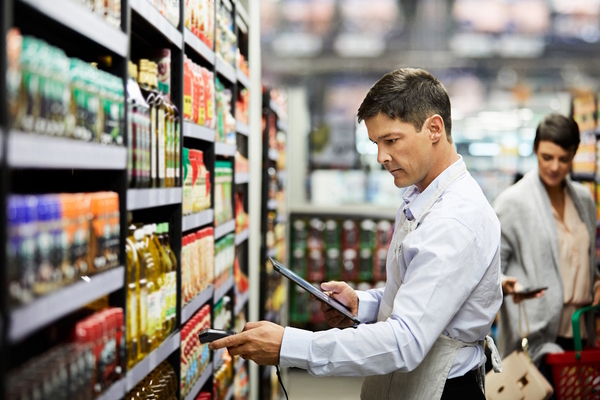The last mile: How can retailers diversify their carrier strategy?
Rob Shaw at Fluent Commerce explains the importance that delivery services have for retail brands
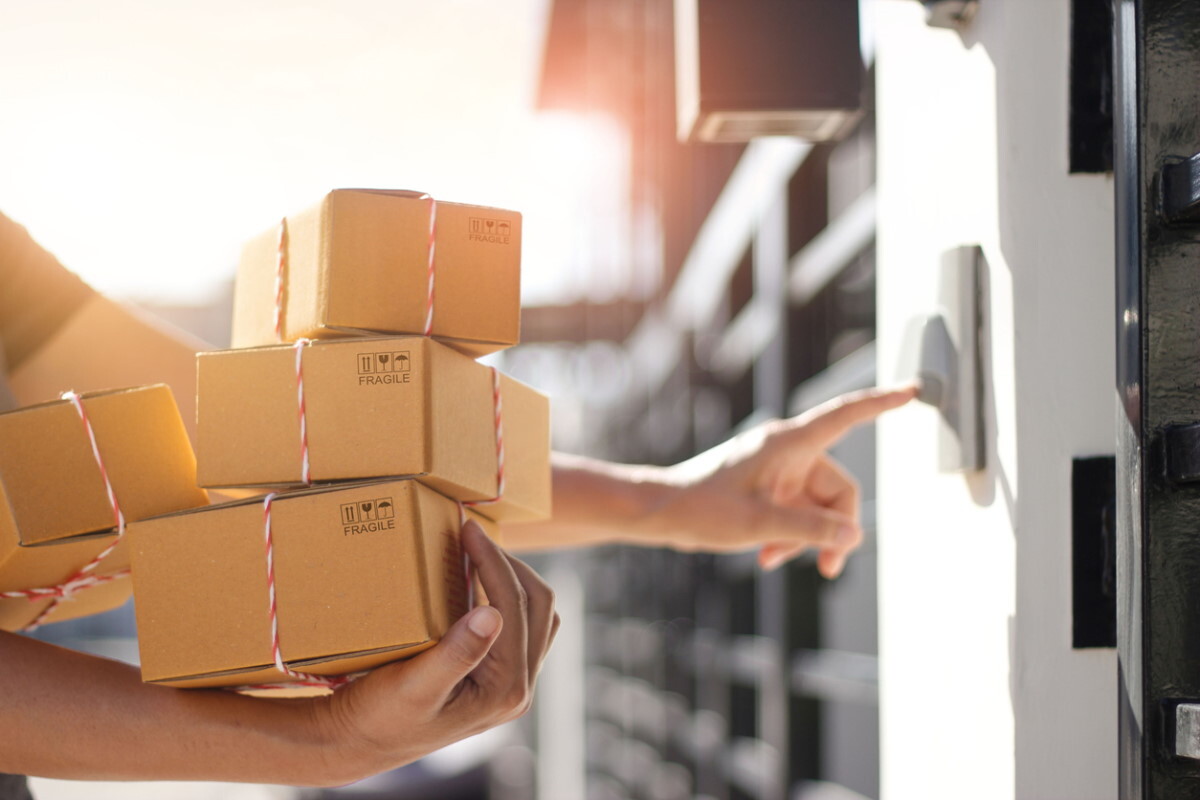
Retailers know they need to use technology to enable consumers to shop wherever and whenever they want. Just as customers expect to easily browse according to their preferences, they expect checkout and delivery to go just as smoothly.
With eCommerce demand at an all-time high, due to workstyle and lifestyle changes, consumers are continually moving the needle of shopping efficiency, with a 2021 consumer survey by Loqate revealing that 39% of people want next-day delivery.
Delivery has become a clear indicator of retailer competence, defining the brand value as much as any other part of the customer engagement. The same survey showed that if brands fail to deliver goods when promised, 51% of respondents are hesitant to shop with that same retailer again and 18% vow never to return.
Delivery is clearly a memorable element of the customer journey, and retailers must make wise carrier choices to keep up with consumers’ needs.
Delivery challenges
With escalating pressure on carriers to deliver in faster timeframes, at the brand’s expense, it’s time to diversify the carrier strategy when Next Day delivery is no longer guaranteed. With orders exceeding processing capacity, staff shortages due to illness, and the impact of new safety and lockdown processes, delivery costs are going up.
Ensuring resilience is essential to live up to your brand values and provide a remarkable customer experience. Here are five ways to ensure carriers aren’t a weak link:
- Multi-carrier all the way
Single carriers may offer better rates than multiple carriers but it’s a high-risk strategy if the carrier is short on capacity. Volume limits, like those imposed by national carriers in 2020, paralysed retailers who had no Plan B. With a multi-carrier model, you can offer your customers more options, offering faster or cheaper (particularly for urgent delivery to be guaranteed by a certain date) to improve the customer experience.
Put simply, if a customer could have bought the dress elsewhere in time for the party, they won’t be returning. The days of single sourcing are over.
- Explore the benefits of regional carriers
For a large volume of deliveries in a specific geographic region, it’s worth considering a regional carrier. It’s ideal for fragile or large items and might save between 10 - 40%. They may also offer better frequency and transit times than a national carrier, such as daily, weekend or even same-day delivery to a more local area.
- Consider a carrier aggregator
With a multi-carrier strategy, retailers often need guidance on how to choose the best option in real-time. Carrier or shipping aggregators, such as Metapack, can validate the optimum carrier to service an order. Making a single call during the shopping experience saves critical time when compared with separate calls to each carrier, and can reduce page load speeds. The aggregator confirms the delivery route and responds with transit times, carrier rates and rules, allowing for rapid confirmation with the customer. In the case of free delivery, the retailer can set the margin on each order.
- Go your own way
Some retailers and brands, especially those with stores, may prefer ownership of the whole process. This means operating their own fleet of drivers, perhaps using store staff, to deliver locally. While new processes and extra training need to be factored in, you’ll be in control of an entirely branded delivery experience. Solutions like Bringg can support with management of fleet capacity and driver efficiency.
- Get sharing with crowdsourcing
In urban areas, crowdsourcing has potential for fast and convenient delivery, with additional options to pick and pack. Crowdsourced drivers can collect packages and deliver them just like carrying passengers. For eco-conscious brands, requesting delivery by electric vehicle is a good plan. And to meet your net zero ambitions, Urb-It is scaling up in the UK and offers delivery via bicycle or public transit - which is a good opportunity to meet the growing expectations of customers in terms of environmental impact.
The role of order management
Order management plays a vital function in a multi-carrier strategy. A retailer’s Order Management System (OMS) is the HQ for its sourcing. It manages stock availability and location in real-time and can leverage business data to determine the optimal fulfilment location. Using data from a carrier or carrier aggregator it shows the best service to deliver this order to the customer.
The OMS also manages the overall fulfilment process which might include one or more of the following: triggering customer notifications, manual fraud checks, value added services, tracking order status, in-store pick and pack, and exception management. Once the order is passed to the carrier, the OMS fields and shares tracking updates with other systems.
Your carrier represents your brand
In a truly omnichannel world, shopping and delivery feature in the same single commerce experience, especially in your customers’ minds. In fact, over 50% of respondents to a 2020 Accenture survey hold the brand responsible for delivery issues. This highlights the need for retailers to ensure a delivery strategy can validate delivery before a purchase.
Providing this seamless customer journey, from social media to the last mile, is paramount to deliver on customers’ expectations and increase brand loyalty.
Rob Shaw is SVP Global Sales at Fluent Commerce

Business Reporter Team
Most Viewed
Winston House, 3rd Floor, Units 306-309, 2-4 Dollis Park, London, N3 1HF
23-29 Hendon Lane, London, N3 1RT
020 8349 4363
© 2025, Lyonsdown Limited. Business Reporter® is a registered trademark of Lyonsdown Ltd. VAT registration number: 830519543

